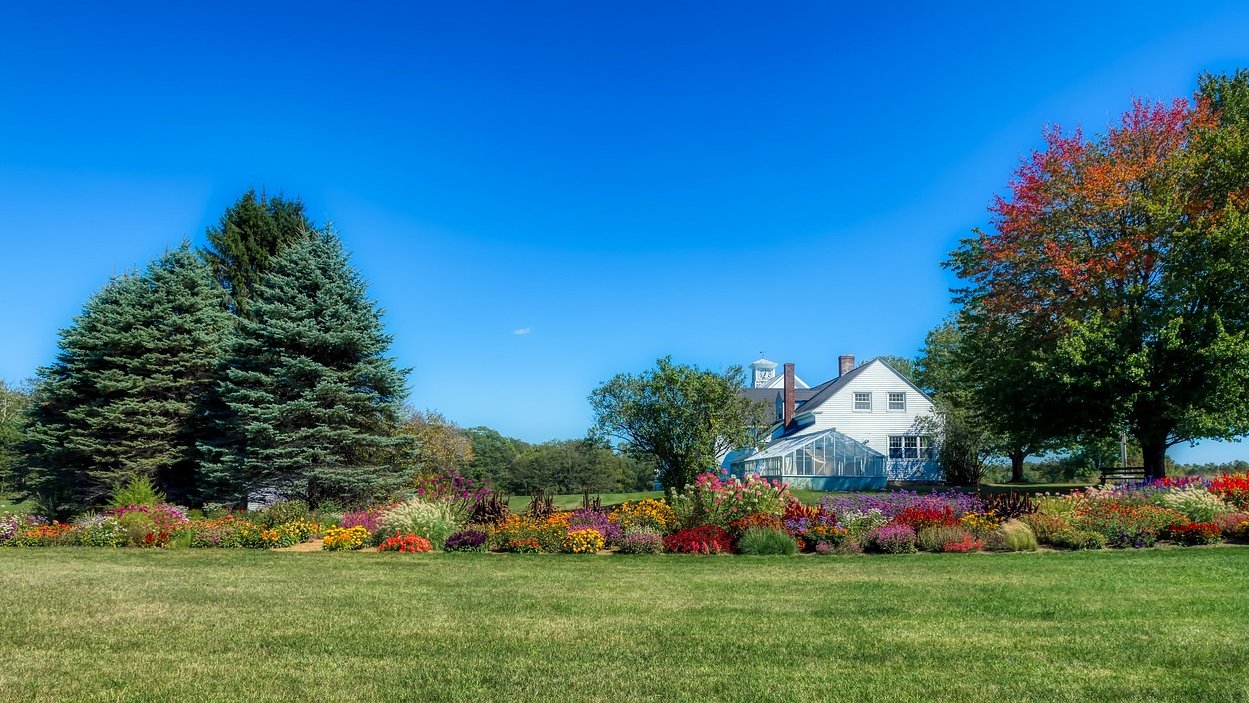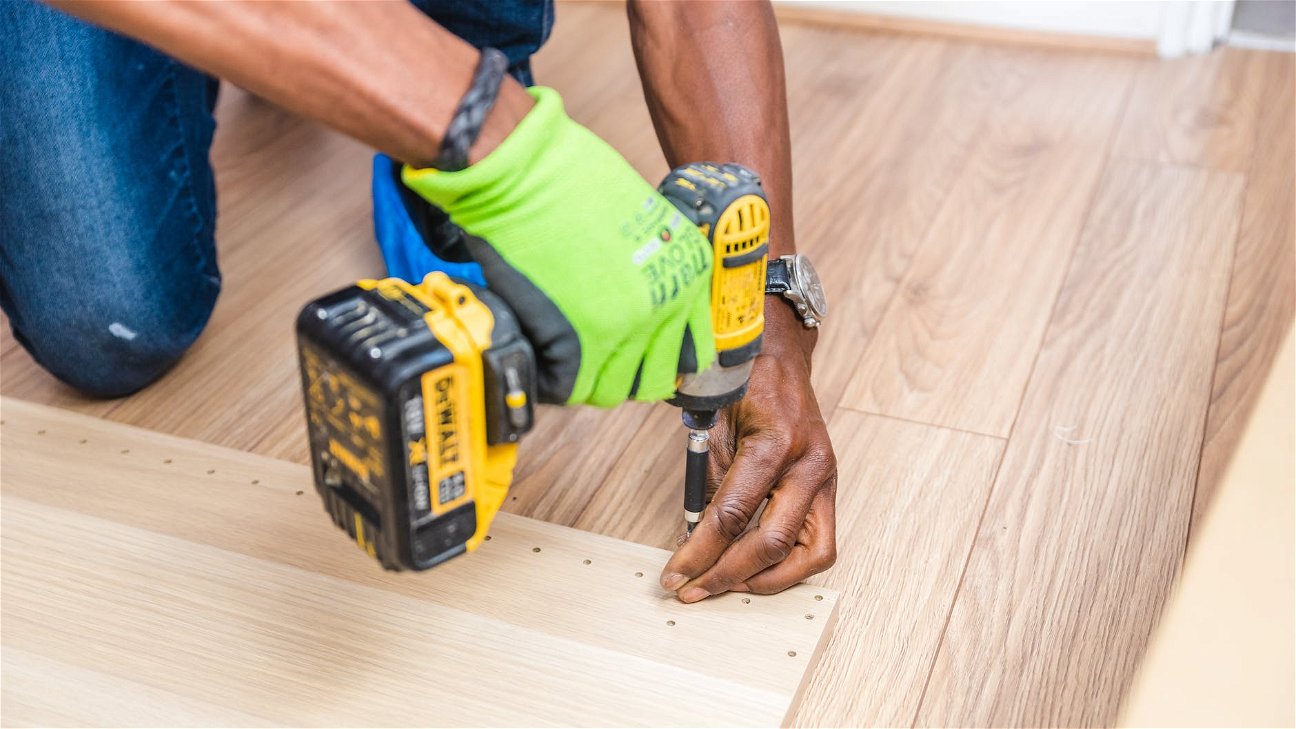
When it comes to the world of dyes, natural is the new 'in'. and there is a growing interest in using plants to make home-made dyes. These dyes are not only eco-friendly, but they also offer a wide range of vibrant colors. Here are the top 4 plants you can cultivate right in your garden for producing home-made dyes.
1. Indigo (Indigofera tinctoria)
Indigo, the plant behind the classic blue jeans color, tops our list. Native to Asia and Africa, this plant thrives best in sunny, warm climates. The dye is extracted from the leaves and is used for fabric and paper dyeing.
Planting tips: Indigo plants require full sun and well-drained soil. They can tolerate drought and poor soil conditions.
Dye extraction: Harvest the leaves, crush them, and ferment them in water. After fermentation, drain the water to get the blue dye.
2. Madder (Rubia tinctorum)
Madder is known for its red color dye. It is a perennial plant, and the dye is derived from its root.
Planting tips: Madder grows best in full sun or partial shade. It prefers well-drained soil and requires regular watering.
Dye extraction: The roots are harvested after three years of planting, dried, and then ground into a powder to extract the dye.
3. Weld (Reseda luteola)
Weld, also known as Dyer's rocket, gives a bright yellow color. The dye is made from the plant's leaves and stems.
Planting tips: Weld plants prefer full sun and well-drained soil. They are drought-tolerant and can thrive in poor soil conditions too.
Dye extraction: The leaves and stems are harvested, simmered in water, and then strained to obtain the dye.
4. Marigold (Tagetes)
Marigolds are not only beautiful to look at, but they also provide a lovely orange dye. The dye is derived from the plant's flowers.
Planting tips: Marigolds require a sunny location and well-drained soil. They are easy to grow and are resistant to pests.
Dye extraction: The flowers are dried, then simmered in water, and strained to extract the dye.
Here is a quick summary table of the top 4 plants to cultivate for home-made dyes:
Cultivating your dye plants at home not only offers a satisfying gardening experience but also allows you to create beautiful, organic, and sustainable dyes right from your backyard. So why not give it a try?











